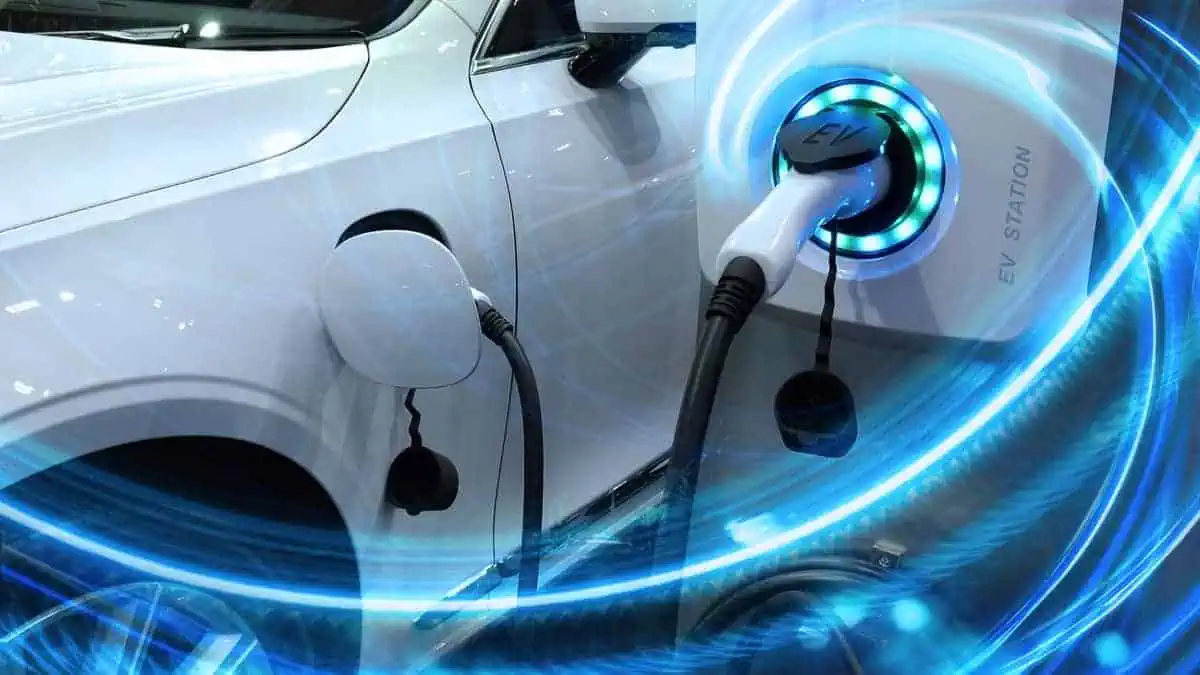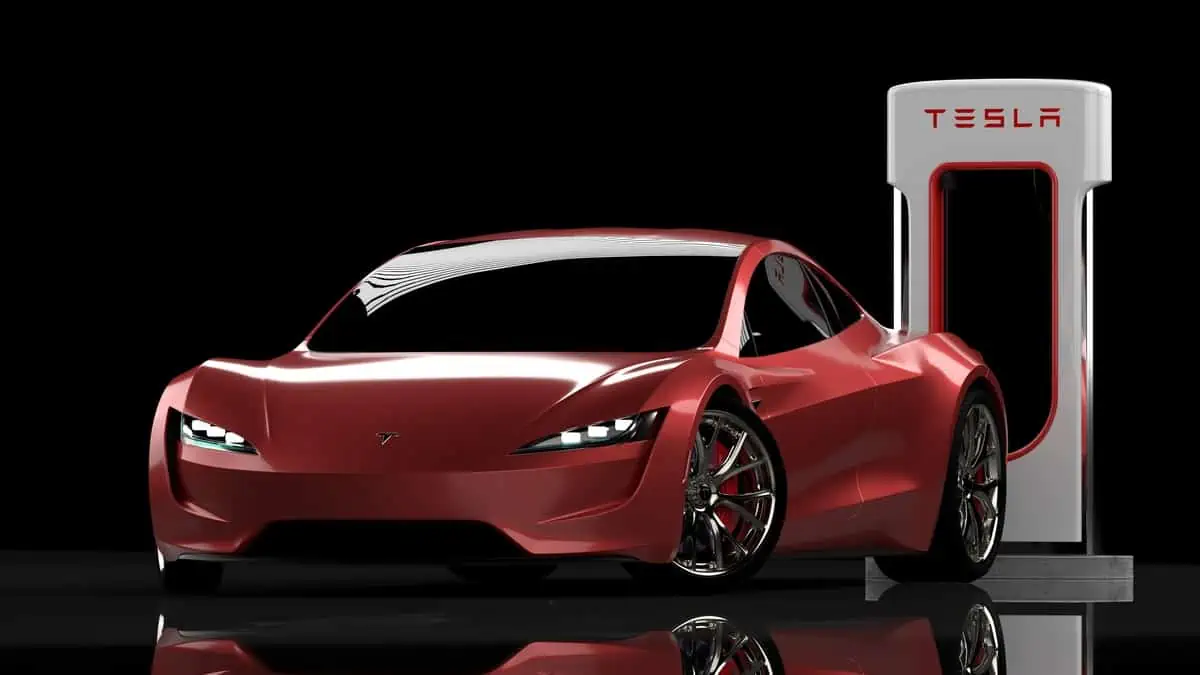Data analytics and consumer intelligence giant JD Power recently introduced an analytics tool to quantify the US EV market, per a press release.
“Vehicle electrification has industry leaders grappling with billion-dollar decisions, and hyper-detailed data and analytics will help guide their decision making. We’ve created a smart and dynamic way to capture how the EV marketplace is performing in relation to gas-powered vehicles, and the index provides a heightened level of detail never seen before in this arena.”
Elizabeth Krear, VP of EV practice at JD Power
The JD Power EV Index
The JD Power EV Index calculates a single score on a scale of 100 points every month to demonstrate the advancement of EVs toward parity with ICE vehicles. Subcategory numbers depict various barriers to parity.
These metrics are apparently accessible at the federal, regional, state, and Designated Market Area (DMA) levels. The breakdowns of the segment, brand, and model are also available.
The US’ first EV Index helps stakeholders in the sector navigate today’s quickly changing EV market. Remarkably, it has real-time data connected to an interactive web portal. The portal has state-of-the-art visualizations, an easy-to-use dashboard, and a customized query function that can assist stakeholders in making quicker and more accurate decisions.
As of November 2022, the most recent EV Index rating is 47. During the 12-month test period, some categories saw improvements while others saw declines.
Categories
To generate the EV Index, JD Power gathers millions of data points into six distinct categories:
| Category | Definition | Progress |
| Interest | It calculates EV buyers’ potential commitment to buy an EV based on their voice and online behavioral data. | The interest score saw a YoY increase to 32 points from just 24 points in the pilot phase. |
| Availability | It calculates the new-vehicle buyers’ proportion who consider EV that meets their buying needs. It is reflective of various factors: price, manufacturer origin, segment, and other inputs. | The availability score had a YoY increase to 30 points, representing a 12 points progress. This increase is primarily influenced by the current debut of EV models into major segments. |
| Adoption | It calculates the new-vehicle customers’ proportion who acquire an EV in comparison to those who have a suitable substitute. | The adoption score saw a YoY decrease to 22 points from 26 points. It is principally affected by the fact that the availability of EV models is growing faster than EV retail share. |
| Affordability | It calculates the total ownership cost of an EV compared with the ICE segment average (after tax credits, rebates, incentives, operating costs and residual values—for both purchase and lease transactions). | The affordability score had a YoY decline to 84 points from 96 points. It is primarily caused by the fact that EV prices have risen, and 15 models are no longer eligible for tax credits as of August 1 under the IRA. |
| Infrastructure | It calculates EV charging’s availability, location, speed, quality and reliability compared to gas stations for ICE vehicles. | The infrastructure saw a YoY decline to 27 points from 31 points. It is principally influenced by the fact that the number of operational EVs is increasing faster than the rate at which dependable chargers are being installed. |
| Experience | It calculates the overall satisfaction of EV owners, including quality, appeal, durability, range and service and sales experiences compared with an ICE vehicle equivalent. | The experience score had a YoY decrease to 89 points from 91 points. The declining level of satisfaction with the EV sales process is the main factor affecting it. |
The new EV Index from JD Power is a valuable tool for EV stakeholders to track the development of EV adoption in the US. As more customers have access to pertinent data that may encourage them, it may ultimately promote the switch to more sustainable electric vehicles.






